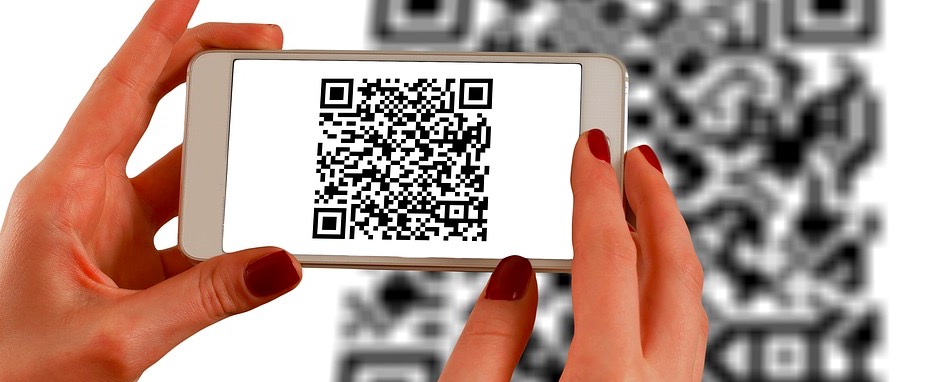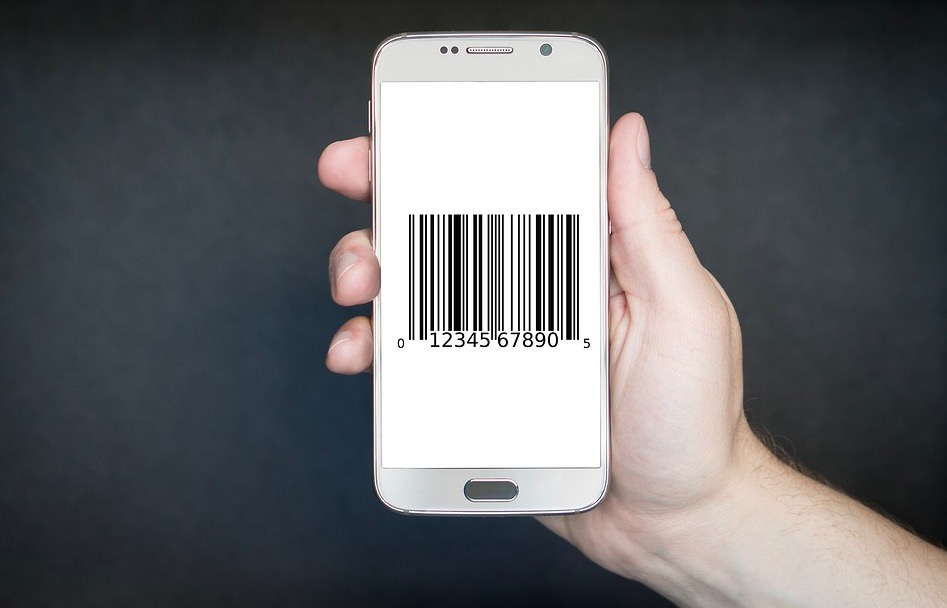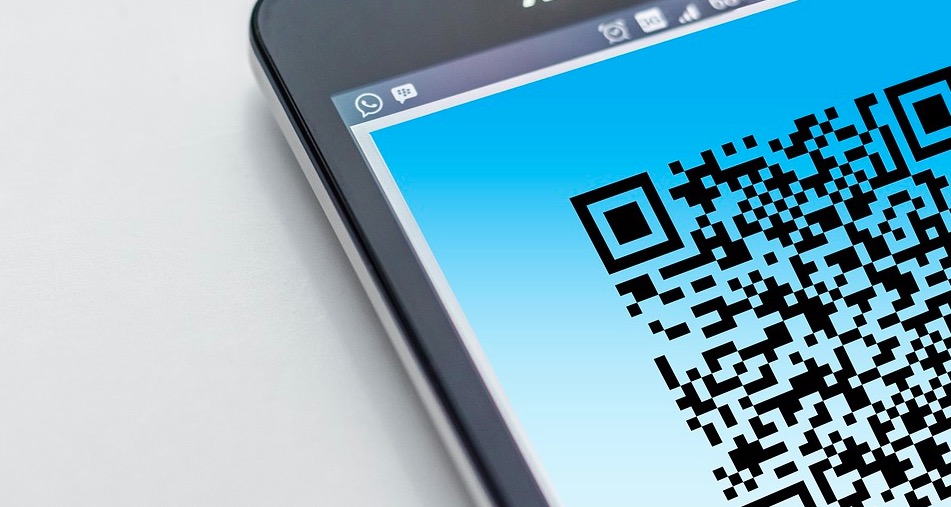QR Code Tech Demand on the Rise thanks to F&B Industry
Get ready for a new wave of QR enhancements!

The humble QR code has come a long way since its conception in 1994. However, it hasn't been an easy journey for the QR code to gain traction despite the many advantages it can offer against the traditional barcode. Just about everyone has had an experience with a barcode, which requires a physical scanner to shoot a beam of light that interprets the pattern in the white portion of the code. Given that QR codes operate in a similar way, but can be scanned digitally on just about any smartphone, why is it that even back in 2012 Gizmodo claimed that QR codes [1] "sucked so hard"?

The main reasons given in that particular Gizmodo article were the lack of a cohesive barcode scanner app that ran as standard across all phones, the lack of adoption by most markets and the security risks posed by scanning unsafe QR codes. Today though, the QR code is making a resurgence as advances have allowed far more information to be gathered from a QR code compared to a traditional barcode. The accessibility of scanning a QR code without requiring a physical scanner also makes it a far more accessible form of data representation that's known as 'smart packaging'.

In the F&B industry, the QR code is set to grow in popularity as consumers require far more information about the products they put in their bodies. Everything from nutritional information, company ethics, ingredients and more can be presented directly on a consumer's mobile phone after scanning a space-saving QR code on any product's packaging. The transparency that this type of smart packaging can bring helps F&B companies comply with stricter government laws requiring the consumer to have access to as much information as possible to make informed decisions about the food and drink products they purchase.

It's not only the consumer that benefits from QR codes on product packaging. Product manufacturers can use QR codes to increase engagement with consumers, directly targeting them with advertising campaigns, discount coupons, unique selling points and more. This direct and individualized reach to customers saves time, increases brand loyalty and requires minimal space on valuable packaging real estate.
Taking things a step further, shipping companies are also using QR codes to better track the progress and safety of shipped goods. Cases of any type of product can be printed with a QR code that can be tracked through the entire shipping process for optimum transparency from farm to factory or from farm to table. Again, the ease of use, the large data capability and the widespread adoption of mobile phones with QR scanning apps means that QR codes have a much more widespread future than when it was first conceived.

[1] https://gizmodo.com/how-qr-codes-work-and-why-they-suck-so-hard-5969312